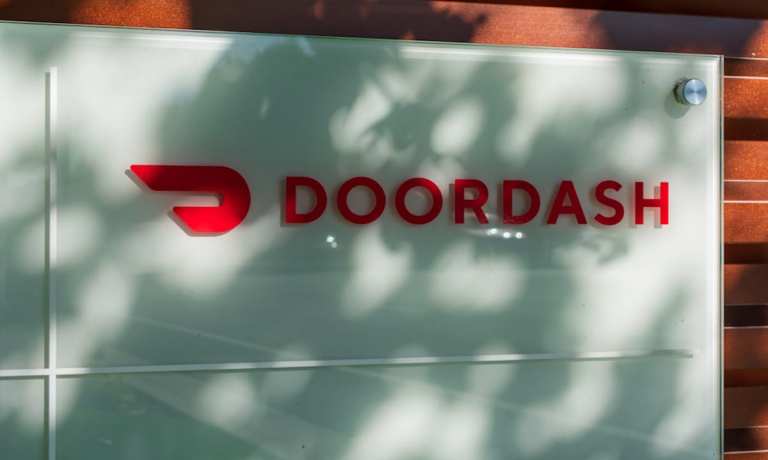
The IPO market is hot – but is DoorDash coming at a time when it’s all too hot to handle? The competition is getting fiercer even as the end of the pandemic is on the horizon – and some warning signs are in the SEC filing. Here are five questions to ask as Door Dash opens on the market:
1. At what price will DoorDash end the day?
The company’s IPO on Wednesday (Dec. 9) may be further evidence of a bull run. Or it may be a last gasp amid heightened valuations and investor enthusiasm, with a focus on a business model that has soared – and may, depending on how you look at it, face fresh challenges that crimp the drive to realizing black ink on the operating line. The Wall Street Journal, citing unnamed people “familiar with the offering,” reported that the food delivery giant is on track to price shares at the high end of a range that is estimated to be between $90 to $95 a share. At the top end of that range, the company would be valued at a reported $36 billion, with a leap from the beginning of the year, when the firm’s private valuation was $15 billion.
2. Will investors reward the digital shift?
The pandemic has helped, no doubt, as it has brought us all toward ordering online. As a result, the S-1 filing with the SEC shows revenue growth of more than 220 percent measured through the first nine months of the year, and yet operating losses continuing (though they are decreasing). The top line grew by 226 percent to $1.9 billion.
3. Will investors sour on commission rates?
It’s important to note that commission rates of 30 percent may fall by the wayside where states and cities have been capping what DoorDash can charge on restaurants. It remains to be seen whether those caps will proliferate or stick. But the relative vulnerability of the commission remains in stark relief in the filing – and it’s hardly a moat. As DoorDash states: “Many of our competitors are well-capitalized and offer discounted services, lower merchant commission rates and consumer fees, incentives for independent contractors who provide delivery services, consumer discounts and promotions, innovative platforms and offerings, and alternative pay models, which may be more attractive than those that we offer. Such competitive pressures may lead us to maintain or lower our commission rates and fees.”
4. What about the strain on IT and accounting?
The company said in the filing that it had identified a “material weakness in our internal control over financial reporting,” which may give investors pause. The company went on to note that “in recent periods, we have experienced rapid growth, and this growth has placed considerable strain on our IT and accounting systems, processes and personnel. As a result, in connection with the audit of our consolidated financial statements as of and for the years [that] ended Dec. 31, 2018 and 2019, we and our independent registered public accounting firm identified a material weakness in our internal control over financial reporting.” That means there could be misstatements of financial position that may need to be corrected. That indicates that reported numbers may be too good to be true, or that the very bedrock of valuation – in other words, data – cannot be relied upon.
5. What about the future of the category?
There may be no easy way to support valuations (multiples of sales) if the tailwind of the pandemic ends and people start dining in again, or if there’s a race to the bottom to keep people and restaurants using the aggregators. That would squeeze margins further, and the operational pressures (in terms of internal controls) may not exactly help things. In a world where everything that’s hot must cool off, the race to go public may leave some with a case of indigestion.